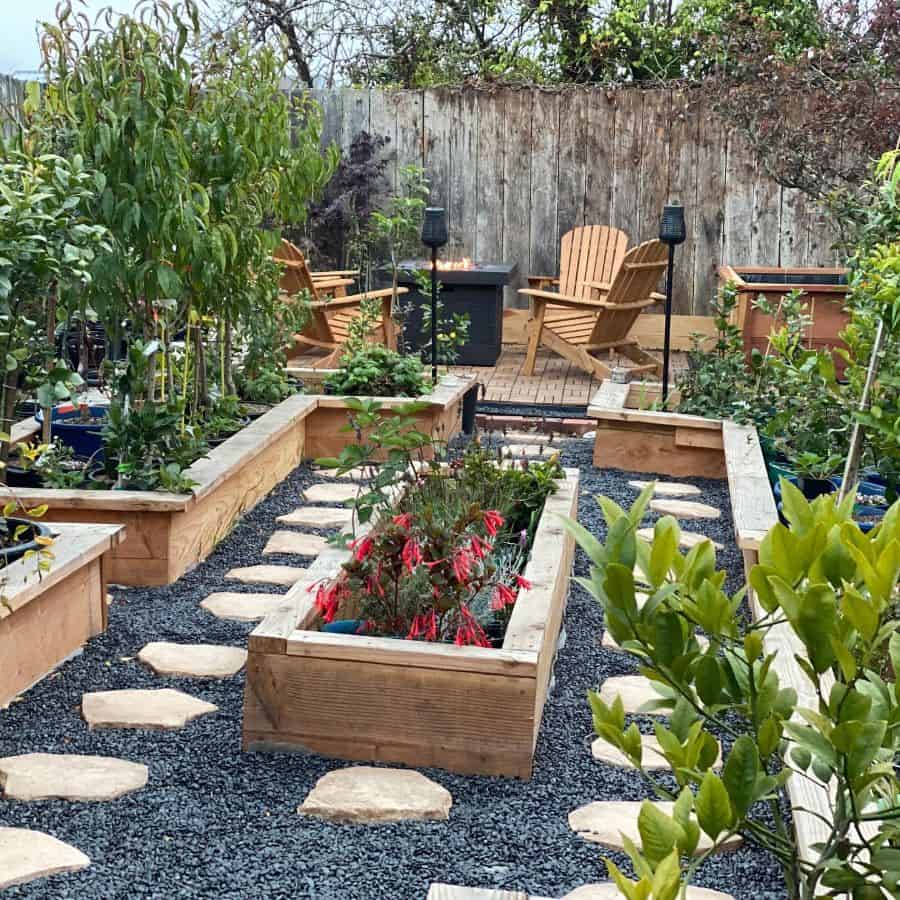How to Grow Corn in Raised Beds: A Comprehensive Guide

Growing corn in raised beds is like creating your own little oasis of golden goodness. Imagine the satisfaction of harvesting your own sweet, juicy corn cobs straight from your backyard. Whether you're a seasoned gardener or a beginner, this guide will walk you through every step of the process, from soil preparation to harvesting. Let's dive in!
Why Choose Raised Bed Gardening for Corn Cultivation?
Raised bed gardening offers numerous benefits for corn cultivation. It provides better control over soil fertility, improved drainage, and easier access for planting and harvesting. Plus, it's a great way to maximize space in smaller gardens.
Getting Started: Soil Preparation
Choosing the Right Location
The first step in growing corn in raised beds is selecting the perfect spot. Corn thrives in full sun, so choose a location that gets at least 6-8 hours of sunlight daily. Avoid areas prone to strong winds, as corn can be easily damaged.
Building Your Raised Bed
Construct your raised bed using untreated wood, composite materials, or even bricks. The ideal size for a corn bed is about 4 feet wide and as long as you need. This width allows easy access to the plants without stepping on the soil.
Ensuring Soil Fertility
Corn is a heavy feeder, so soil fertility is crucial. Fill your raised bed with a mix of high-quality topsoil, compost, and well-rotted manure. Aim for a pH between 6.0 and 7.0. You can test your soil using a home kit or send a sample to a local extension service for analysis.
Planting Your Corn
Selecting the Right Variety
Choose a corn variety that suits your climate and space. Sweet corn varieties like 'Golden Bantam' and 'Silver Queen' are popular choices for home gardens. Make sure to check the days to maturity to ensure it fits your growing season.
Plant Spacing
Corn is a social plant and grows best in blocks rather than single rows. Plant seeds about 1 inch deep and 9-12 inches apart in rows that are 24-30 inches apart. This spacing ensures adequate room for growth and pollination.

Crop Care: Nurturing Your Corn
Watering
Corn requires consistent moisture, especially during the early stages of growth. Water your plants deeply once or twice a week, depending on rainfall. Ensure the soil is moist but not waterlogged.
Fertilizing
Since corn is a heavy feeder, regular fertilization is essential. Apply a balanced fertilizer (10-10-10) when the plants are about 6 inches tall and again when they reach knee height. Side-dressing with compost or well-rotted manure can also boost soil fertility.
Weeding and Mulching
Keep your raised bed free of weeds to prevent competition for nutrients and water. Mulching with straw or grass clippings can help retain moisture, suppress weeds, and regulate soil temperature.
Pest and Disease Management
Common Pests
Corn is susceptible to pests like corn earworms, aphids, and cutworms. Regularly inspect your plants for signs of infestation. Organic pesticides and beneficial insects can help control pests naturally.
Diseases
Diseases like corn smut and rust can affect your crop. Proper spacing, good air circulation, and crop rotation can minimize the risk. If you notice any signs of disease, remove affected plants immediately to prevent spread.
Harvesting Your Corn
Timing the Harvest
Corn is ready to harvest when the silks turn brown and the husks are tightly wrapped around the ears. Squeeze the ear gently; if it feels full and firm, it's time to pick.
Storing Your Harvest
Fresh corn is best enjoyed immediately, but you can store it in the refrigerator for up to a week. For long-term storage, consider freezing or canning your corn.

Conclusion
Growing corn in raised beds is a rewarding experience that yields delicious results. By following these tips on soil preparation, planting, crop care, and harvesting, you'll be well on your way to a bountiful corn harvest. Don't forget to enjoy the process and the fresh, homegrown corn that comes with it!
FAQs
How deep should I plant corn seeds? Corn seeds should be planted about 1 inch deep. This depth ensures good contact with the soil and promotes germination.
How often should I water my corn plants? Corn plants need consistent moisture. Water deeply once or twice a week, depending on rainfall. Ensure the soil is moist but not waterlogged.
What is the best fertilizer for corn? A balanced fertilizer (10-10-10) is ideal for corn. Apply it when the plants are about 6 inches tall and again when they reach knee height. Side-dressing with compost or well-rotted manure can also boost soil fertility.
How do I know when my corn is ready to harvest? Corn is ready to harvest when the silks turn brown and the husks are tightly wrapped around the ears. Squeeze the ear gently; if it feels full and firm, it's time to pick.
What are some common pests and diseases that affect corn? Common pests include corn earworms, aphids, and cutworms. Diseases like corn smut and rust can also affect your crop. Regular inspection, proper spacing, and good air circulation can help minimize these issues.
0 Response to "How to Grow Corn in Raised Beds: A Comprehensive Guide"
Post a Comment